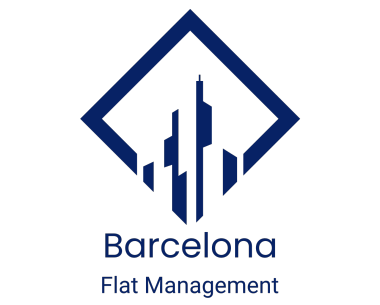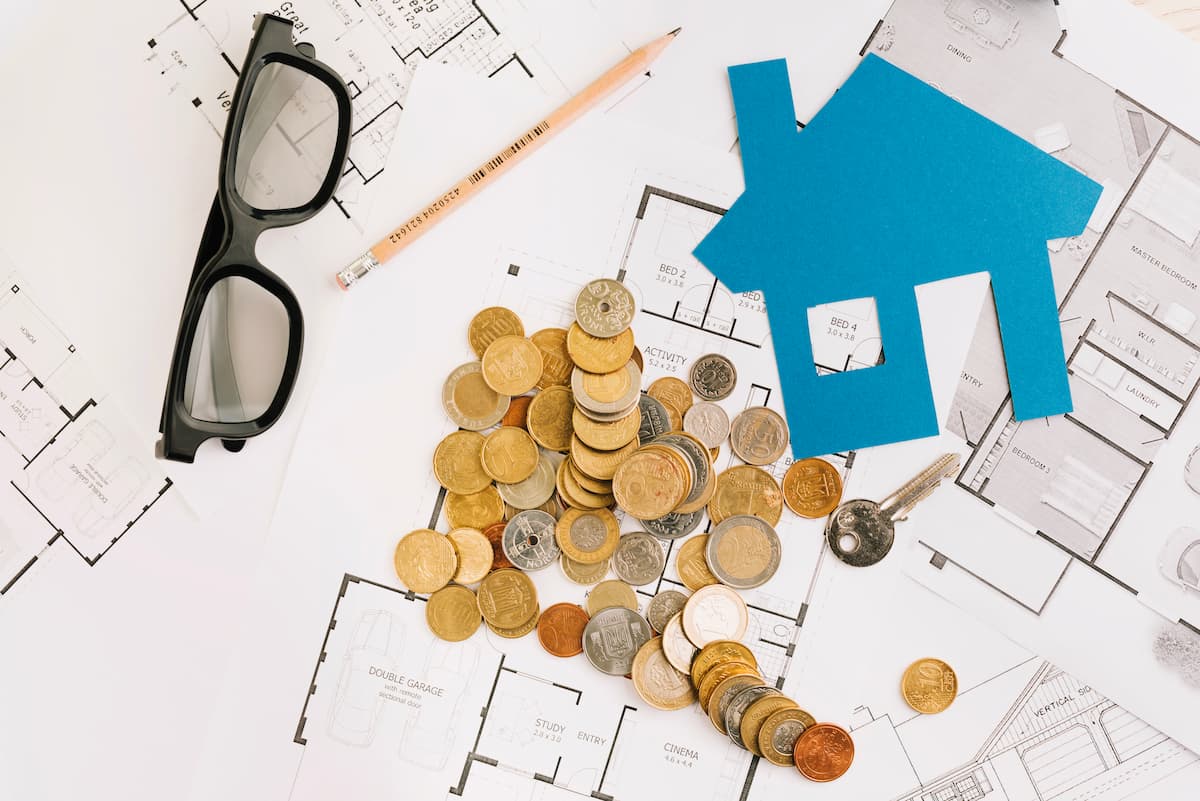If you want to know if your vacation rental is truly profitable, you need more than just a feeling. Here’s a clear and replicable method to calculate the profitability of a vacation rental with formulas, minimal data, and a realistic example from Barcelona. We also provide a calculator to estimate it in minutes.
What does “profitability” mean in vacation rentals?
We’re talking about how much you keep (percentage or euros) after operating your accommodation as a vacation rental. It’s important to distinguish between:
- Gross Income (GI): the revenue generated per night, before deducting costs.
- Net Profit (NP): the revenue remaining after commissions, cleaning, utilities, local taxes, etc.
- Gross Return (%): GI / Total Asset Investment.
- Net Return (%): NP / Total Asset Investment.
- Cash-on-Cash (%): NP / Own funds invested (useful if there’s a mortgage).
At BCN Flat Management, we typically use these three perspectives (gross, net, and cash-on-cash) to decide if an apartment is worth the investment and which factors to address first (average rate, occupancy, costs).
The data you need (and how to get it)
To avoid making assumptions, define these minimum requirements.
In our case, we compile this data from the PMS, OTA, and monthly accounting:
- ADR (average nightly rate) and expected occupancy (or last 12 months).
- Average stay (nights per booking) to estimate the number of cleanings.
- Commissions (OTA, gateway, management/administration).
- Fixed costs (utilities, community fees, insurance, property tax, license, maintenance).
- Variable costs per booking (cleaning, laundry, amenities).
- Total investment (purchase price + taxes/expenses + furniture + renovations).
In Barcelona, at BCN Flat Management, we typically validate ADR and occupancy with real data from the neighborhood and season; A 5–10% error in either of these metrics will wipe out profitability.
Key formulas for calculating profit and profitability
Apply these formulas in your spreadsheet or with a calculator:
| Magnitude | Formula | Notes |
|---|---|---|
| Gross Revenue (GR) | ADR × Nights Sold | Nights Sold = Occupancy × 365 |
| Commission Cost | % OTA × IB + % Management × IB |
Realistic Example in Barcelona (with numbers)
Let’s assume an apartment in the Eixample district with:
- ADR = €160
- Occupancy = 70% → Nights Sold ≈ 365 × 0.70 = 256
- Average Stay = 4 nights → Bookings = 256 / 4 = 64
- OTA Commission = 15% of Gross Income
- Comprehensive Management = 15% of Gross Income
- Annual Fixed Costs: Utilities €1,800, Community Fees €900, Property Tax €600, Insurance €250, Maintenance €500, License €300
- Booking Costs: Cleaning €45, Laundry + Amenities €25
- Total Investment (Purchase + Expenses + Furniture): €358,000
Step-by-Step Calculations:
- Gross Income (GI) = 160 × 256 = €40,960
- Commissions = 15% × 40,960 + 15% × 40,960 = 6,144 + 6,144 = €12,288
- Variable costs = (45 + 25) × 64 = 70 × 64 = €4,480
- Fixed costs = 1,800 + 900 + 600 + 250 + 500 + 300 = €4,350
- Benefit Net Profit (NP) = 40,960 − 12,288 − 4,480 − 4,350 = €19,842 Gross Return = 40,960 / 358,000 = 11.44%Net Return = 19,842 / 358,000 = 5.54%At BCN Flat Management, we typically compare this NP with a conservative scenario (-10% ADR and -5 percentage points of occupancy) to ensure the asset remains viable during the off-season.Key Drivers of Profitability
Not everything It weighs the same. In our experience, these are the levers we target first:- ADR and occupancy: Increasing ADR by €10 with the same occupancy can add thousands of euros per year. Dynamic pricing and adjusted minimum stays are key.
- Cleaning frequency: If you increase the average stay, you reduce cleanings per booking and improve margin without changing the rate.
- Channels and commissions: Consolidating direct bookings decreases the average cost per booking.
- Operations: Autonomous check-in, preventative maintenance, and efficient cleaning routes.
In our case, we usually prioritize pricing and minimum stay optimization first; When the ADR is well-positioned, cancellations decrease and profitable occupancy increases (but not at any price).
Decision thresholds: When is it worthwhile?
In Barcelona, we see interesting projects starting at a net return of ≥5–6% on investment and with room for operational improvement. If the net return falls below 4% consistently, we usually reconsider the use (medium/long term) or renegotiate terms.
At BCN Flat Management, we help owners interpret these numbers honestly: if the apartment isn’t profitable, we say so; If there’s enough to go around, we set a growth and reinvestment plan.
Calculate your profitability in 3 minutes.
To avoid struggling with spreadsheets, use our profitability calculator.
Need comprehensive management and a dashboard?
If you prefer to delegate operations and receive a clear monthly report (occupancy, ADR, RevPAR, costs per booking, and margin), BCN Flat Management offers comprehensive management in Barcelona with a focus on net profitability. only in nights sold. At BCN Flat Management, we typically set measurable objectives and review them quarterly.
Quick checklist before investing
These points allow you to validate in hours whether the project makes sense. At BCN Flat Management, we typically use it during the pre-feasibility phase:
-
- Clear municipal license and regulations for the property.
- ADR and occupancy of the micro-market (not city averages).
- Average stay and seasonality (peaks and valleys).
- Actual cost per booking (cleaning, laundry, amenities, incidents).
- Plan for direct bookings (website, metasearch engines, CRM, campaigns).
- Stress scenarios: -10% ADR and -10 percentage points.
With the numbers on the table, it’s easier to decide. If you’d like, we can review your data and propose specific adjustments to pricing, minimum stay, and operations.


